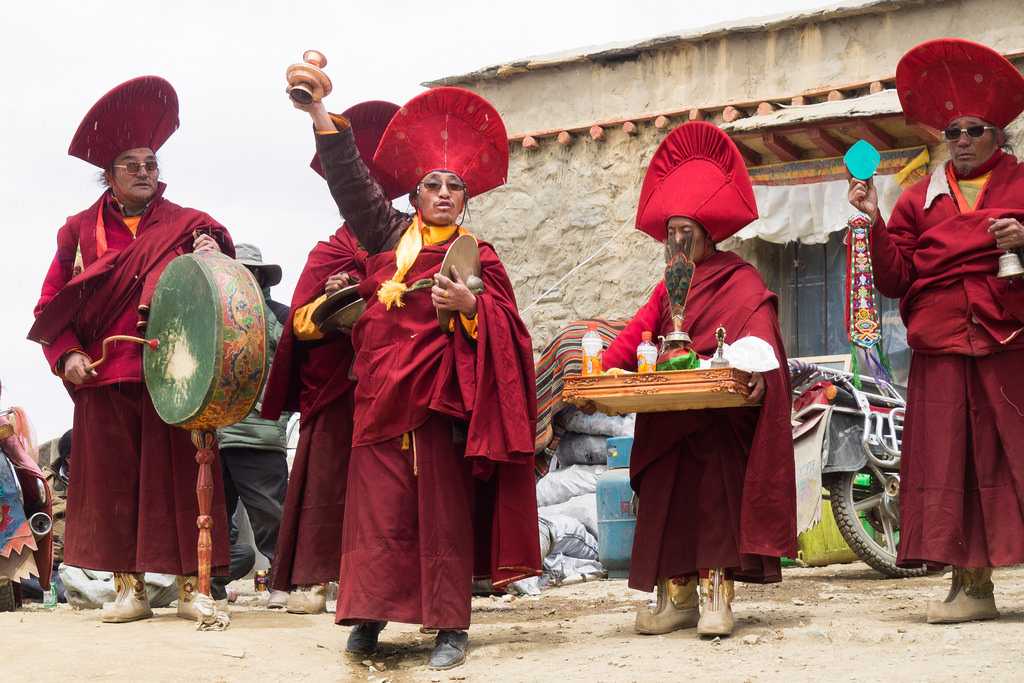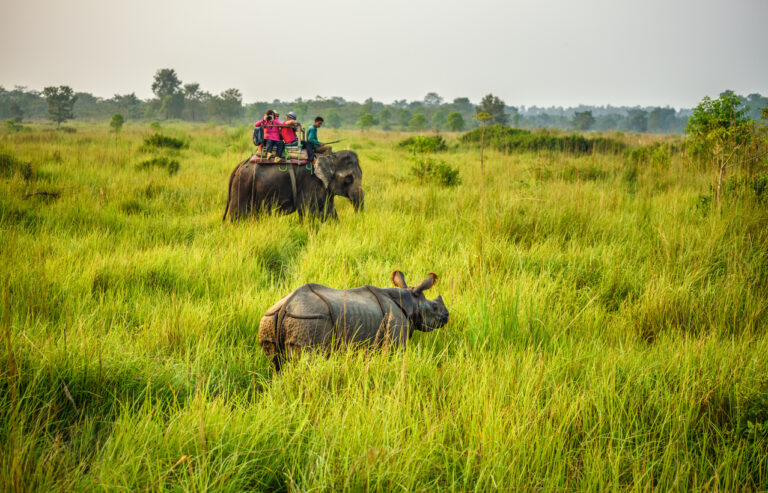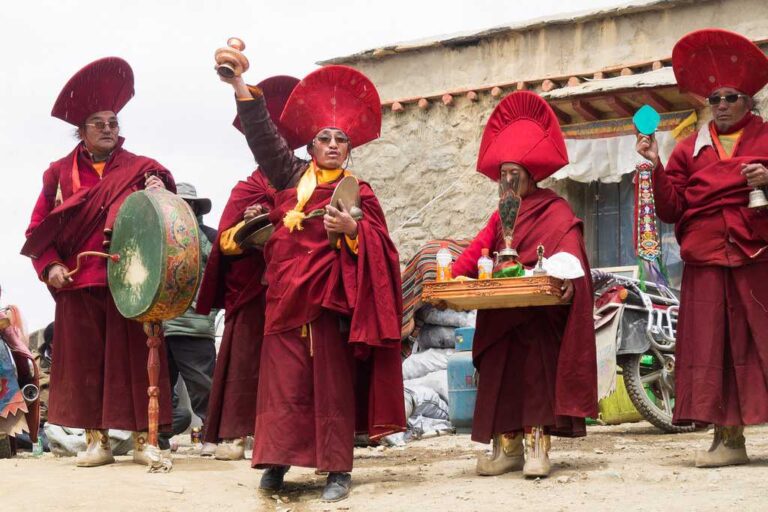
Travel has always been more than just movement from one place to another. For centuries, it’s been deeply intertwined with ritual, intention, and transformation. Across cultures and continents, journeys have been marked by sacred traditions — whether to seek spiritual enlightenment, pay homage to ancestors, or simply ask for safe passage.
These rituals, often subtle and personal or grand and communal, reflect a deeper truth: travel changes us. And in turn, many cultures have created practices to honor that change.
Here’s a glimpse into some of the world’s most meaningful travel traditions — the rituals that turn journeys into sacred experiences.
1. The Pilgrimage: Walking with Purpose
One of the oldest forms of sacred travel is the pilgrimage — a journey taken not for leisure, but for spiritual purpose.
- Camino de Santiago (Spain): This centuries-old route to the shrine of Saint James in Santiago de Compostela is walked by thousands every year, many of whom leave stones or notes at significant markers as symbols of burdens released.
- Kumbh Mela (India): Considered the largest religious gathering on Earth, this Hindu pilgrimage involves ritual bathing in sacred rivers to cleanse sins and attain salvation.
- Hajj (Saudi Arabia): A mandatory pilgrimage for Muslims who are physically and financially able, Hajj includes a series of sacred rites performed in Mecca and surrounding areas.
In each of these journeys, the act of walking — often for days or weeks — becomes a form of devotion and self-reflection.
2. Blessings for the Road
In many cultures, travel begins with a blessing. These prayers or rituals ask for protection, guidance, or good fortune during the journey.
- Tibetan Prayer Flags: Hung high in mountain passes or tied to vehicles, these colorful flags carry prayers and blessings believed to be scattered by the wind.
- Thai Car Blessings: It’s common for new car owners in Thailand to invite a monk to bless the vehicle and ensure safety on the road.
- Irish Travel Blessing: A traditional Gaelic blessing often spoken before parting says, “May the road rise to meet you, may the wind be always at your back…”
These blessings reflect a universal desire for safe and meaningful journeys, no matter how far or near.
3. Sacred Stops and Offerings
In places where land and spirit are seen as connected, travelers often stop at sacred sites to show respect or give thanks.
- Shrines Along the Road (Japan): Small roadside shrines in Japan, often dedicated to local kami (spirits), invite travelers to pause, bow, or leave a coin as an offering.
- Milestones and Cairns (Scotland & Ireland): Travelers sometimes add a stone to a cairn — a human-made stack of rocks — as a mark of having passed, or to honor spirits of the land.
- African Libations: In parts of West Africa, travelers pour a small amount of water or alcohol onto the ground to honor ancestors or spirits before a long journey.
These traditions remind us that travel doesn’t exist in isolation — it’s part of a greater spiritual and environmental landscape.
4. Rituals Upon Arrival
Just as departure is marked with intention, so too is arrival.
- Foot Washing in Ethiopia: In some Ethiopian Orthodox communities, returning travelers have their feet washed — a gesture of welcome, care, and purification.
- Breaking Bread in the Middle East: Hospitality is sacred in many Middle Eastern cultures, and sharing food with guests is not just a custom but a ritual of connection and peace.
- Touching Sacred Ground (Hawaii): Native Hawaiian travelers often bring a small stone or soil from their homeland to touch to new ground — connecting place to place in a respectful gesture.
5. Personal Rituals: Creating Meaning Through Habit
Many modern travelers develop personal rituals — whether lighting incense before packing, journaling at sunset, or collecting a stone from every place visited. These aren’t tied to one religion or culture, but reflect a desire to travel mindfully.
Such habits, while small, help anchor our journeys in memory and meaning — turning a trip into something more than sightseeing.
Conclusion: Travel as a Sacred Act
Around the world, people have recognized that travel is not just physical — it’s emotional, spiritual, and transformative. Sacred travel traditions remind us to pause, to reflect, and to move with intention. Whether rooted in ancient religion or personal practice, these rituals give depth to our adventures and dignity to the act of moving through the world.
So next time you pack your bags or step into a new land, consider asking yourself: what ritual can I create to honor this journey?



